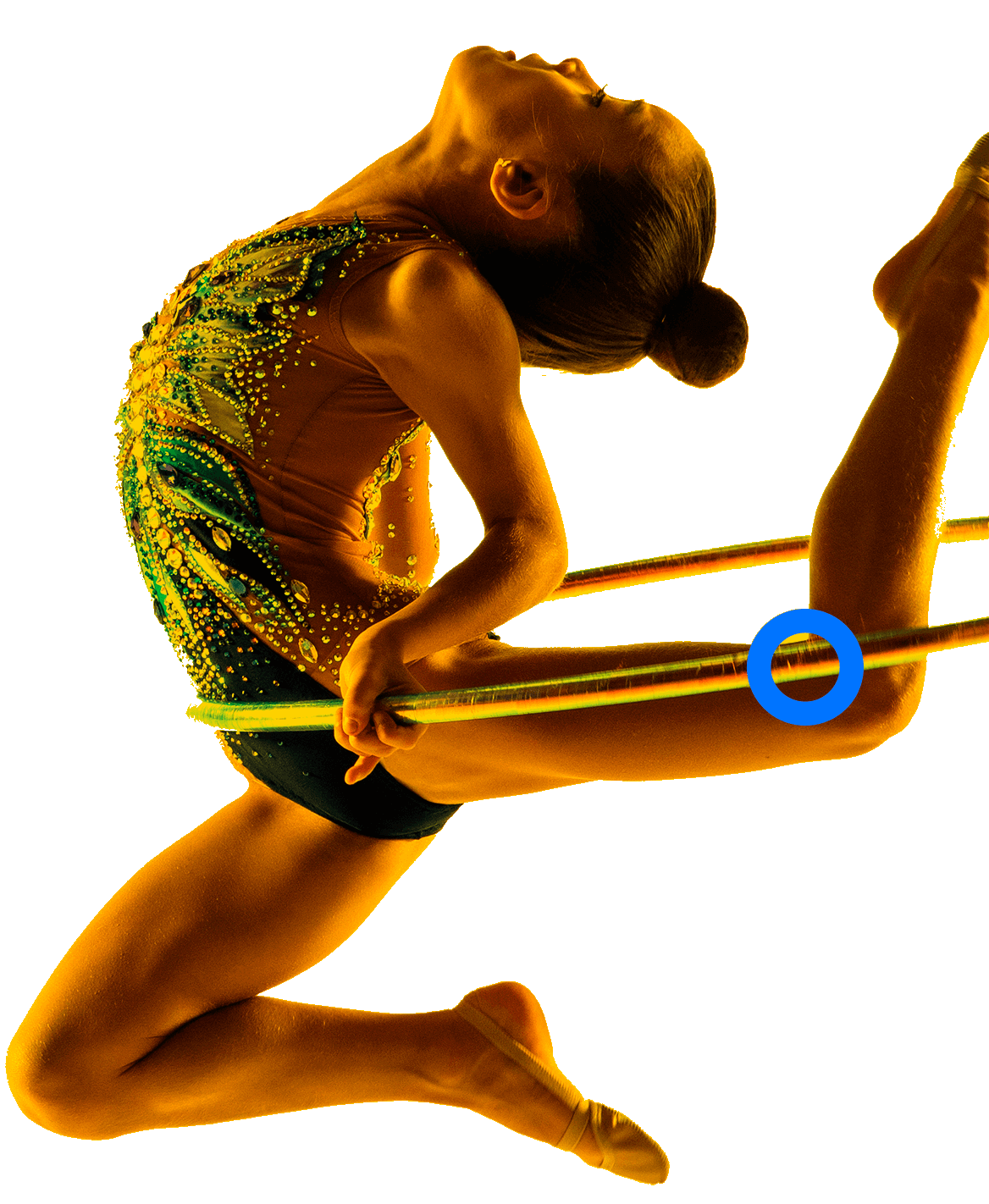Rhythmic Gymnastics
Rhythmic Gymnastics is a discipline that combines elements of dance and acrobatics, joined together following the music.It develops the artistic expression, elegance, dexterity, coordination, flexibility and the relation music-movement while using different equipment. The modality includes routines with four apparatus: hoop, ball, clubs and ribbon. It is held in an official area with 13 x 13 m with different formats for individual and group competitions. In #Santiago2023 this sport will offer quota places for the next Paris 2024 Olympic Games.







